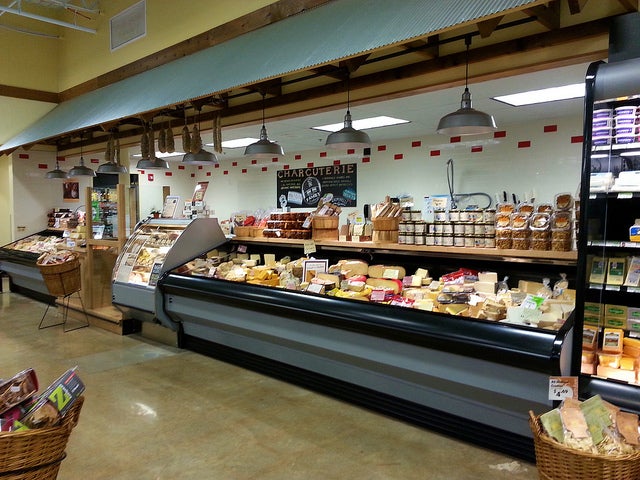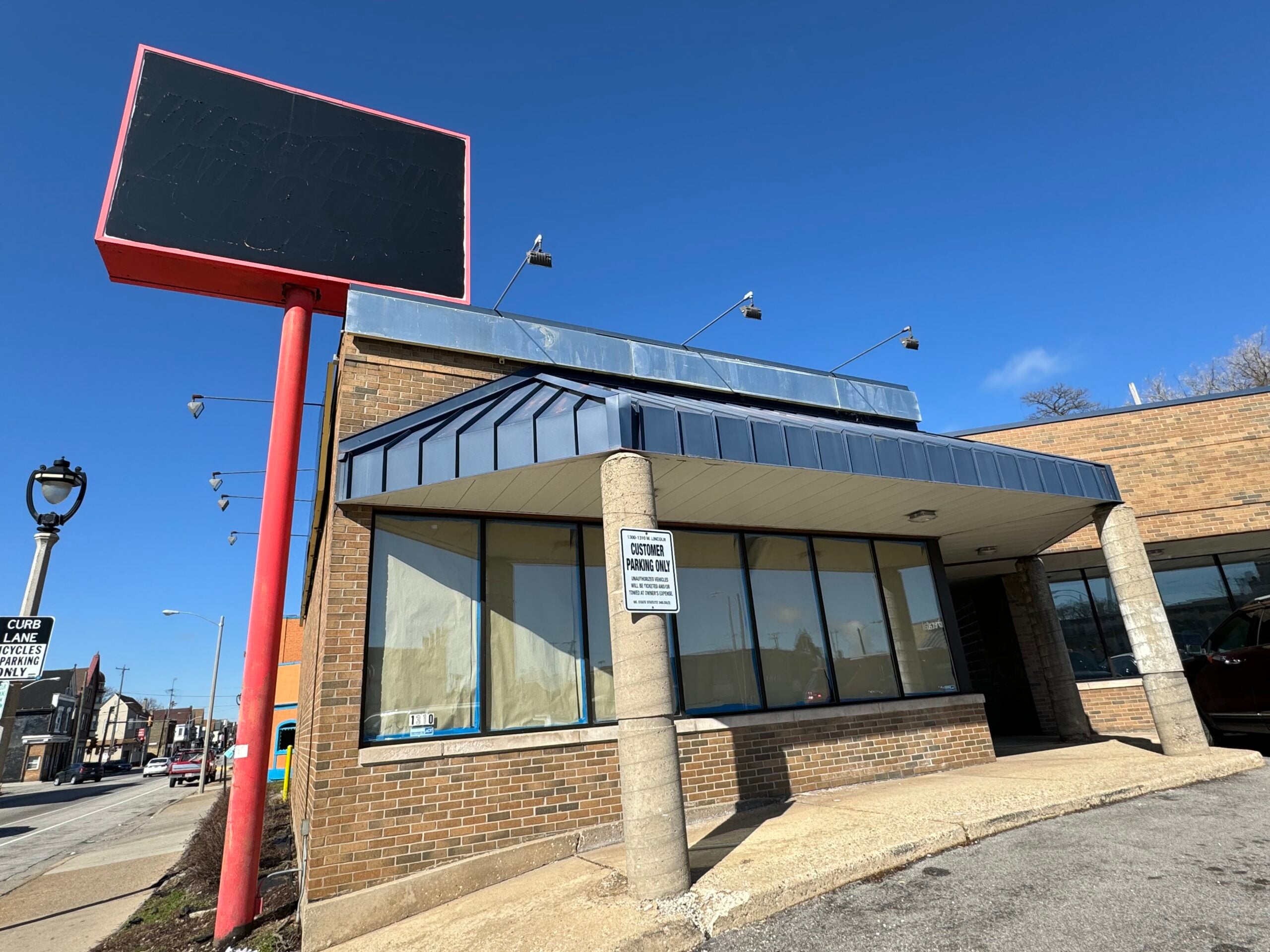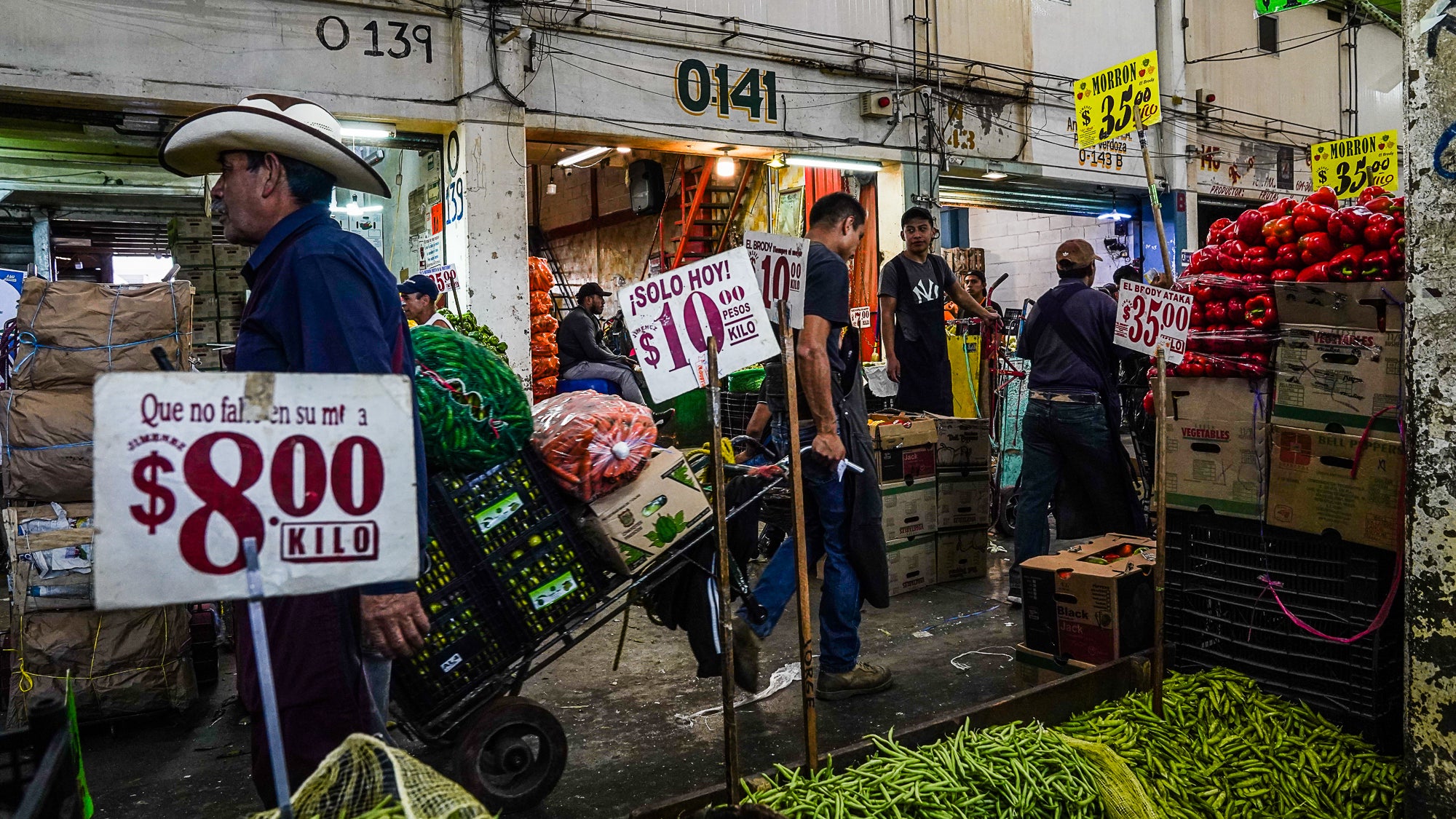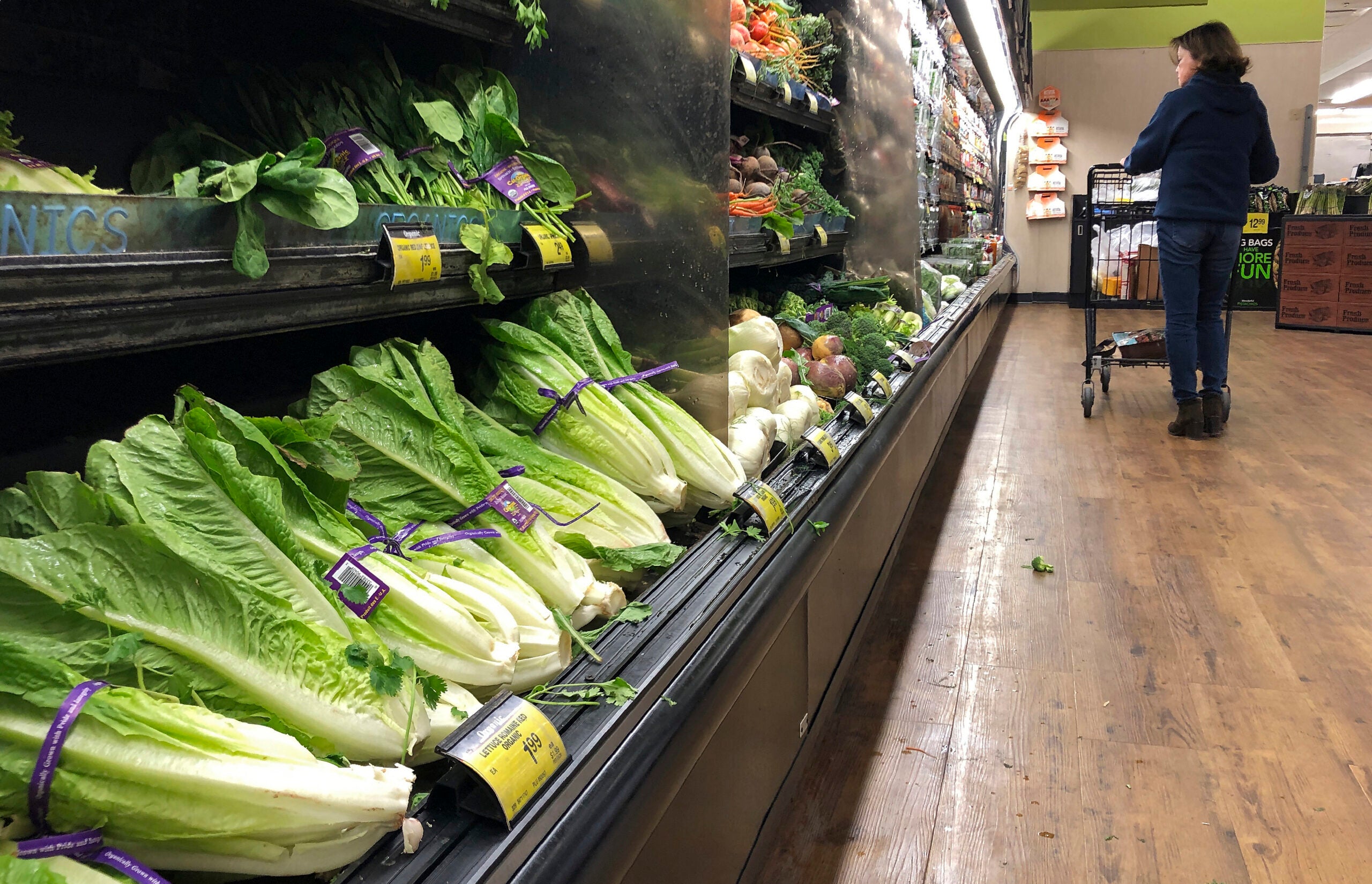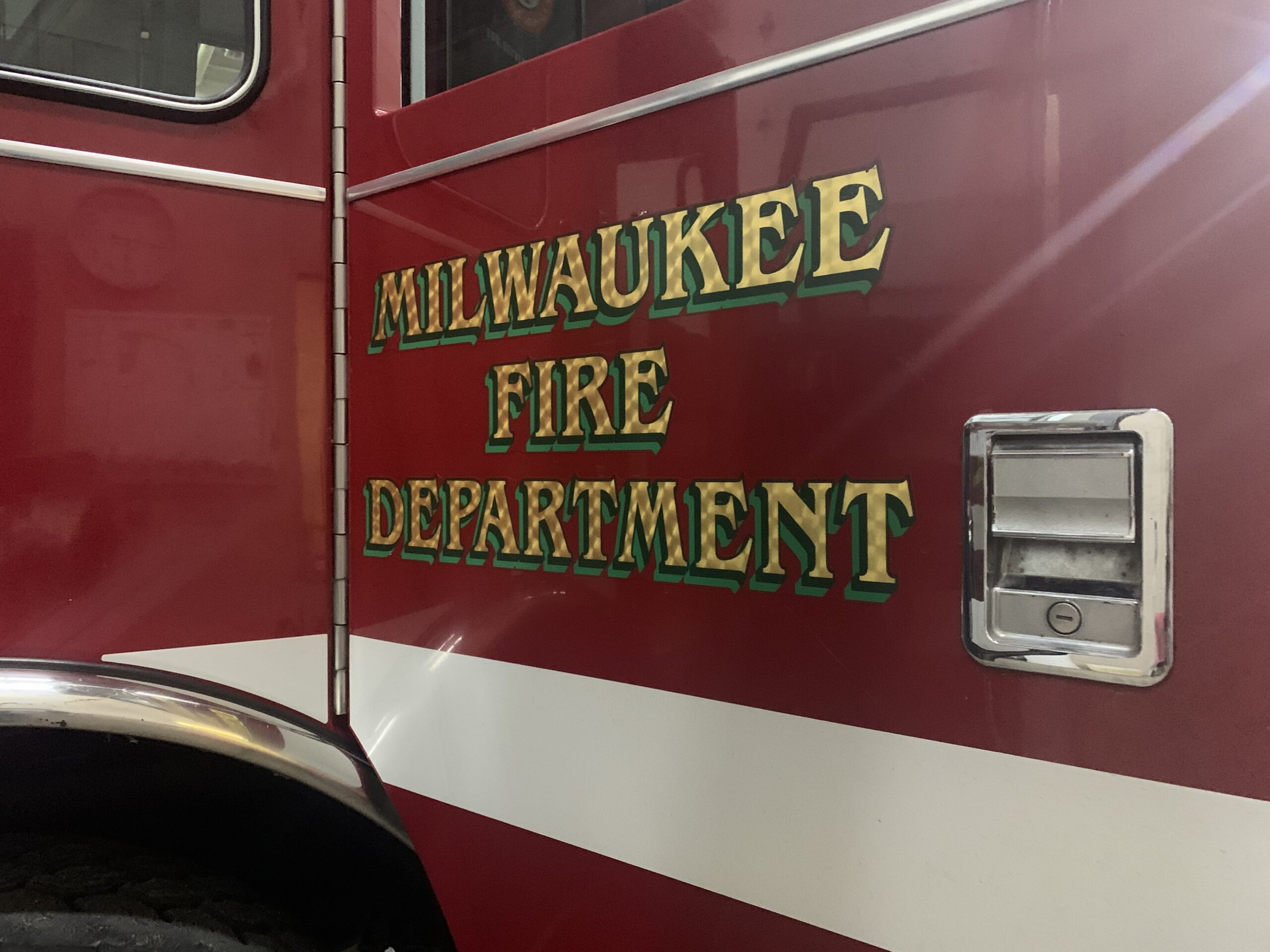Madison city officials are working with small grocers in underserved areas as part of a pilot program to improve access to healthy food.

Purple areas indicate where Madison residents have difficulty getting fresh, affordable food. Shamane Mills/WPR
Officials have literally mapped out areas of the city where residents have difficulty getting fresh, affordable food. These areas are often poor and lack large supermarkets. Instead, they might have corner stores, bodegas or food marts officials hope to expand.
Stay informed on the latest news
Sign up for WPR’s email newsletter.
The city will spend $100,000 to help owners offer more produce, purchase refrigeration for milk and dairy, or expand marketing to a wider customer base.
Mayra Medrano, president of the Latino Chamber of Commerce of Dane County, said the effort is well-received in the community.
“This is a great opportunity for our local Latino businesses to really make a bigger impact,” said Medrano.
The city’s pilot program is considering offering forgivable loans or small grants at first and moving to low-interest loans in the future.
Madison Mayor Paul Soglin said $100,000 won’t be enough to ensure access to healthy food, but said it’s a start on a widespread problem that isn’t concentrated in one part of town.
Madison is trying a pilot program similar to what other cities, like Baltimore, have done to see if access to healthy food improves diet and lessens the risk for chronic disease.
City officials have created a Food Access Improvement Map.
Soglin said they aren’t using the U.S. Department of Agriculture term “food desert.” He said that term is somewhat of a misnomer.
“Among those of us, the dozen or so cities who are really active on food policy, we’re getting away from the term ‘food desert,’” said Soglin.
The city’s criteria for food access looks at square feet of retail grocery space for a given population, cost of food, and physical barriers getting to it.
Wisconsin Public Radio, © Copyright 2024, Board of Regents of the University of Wisconsin System and Wisconsin Educational Communications Board.

